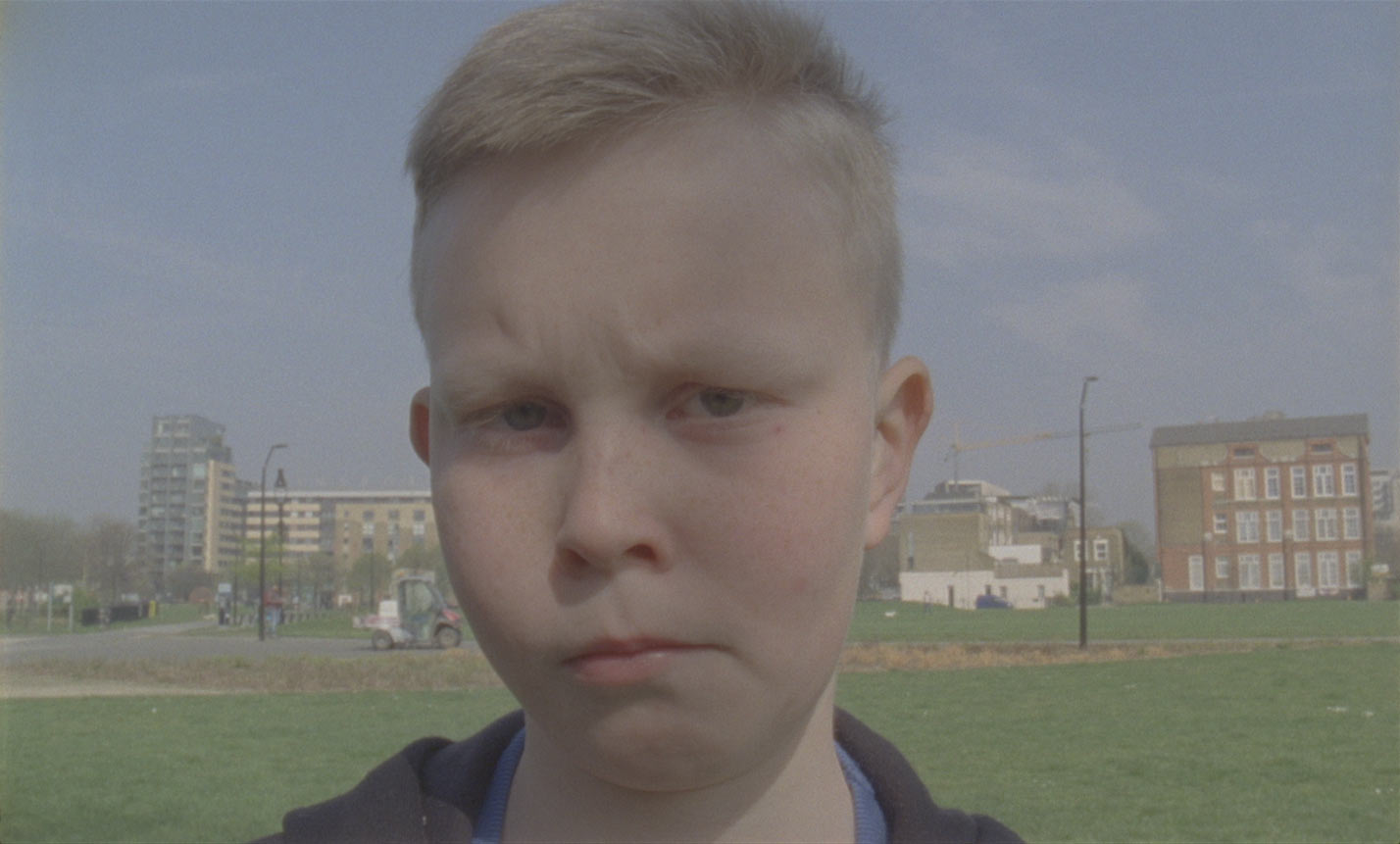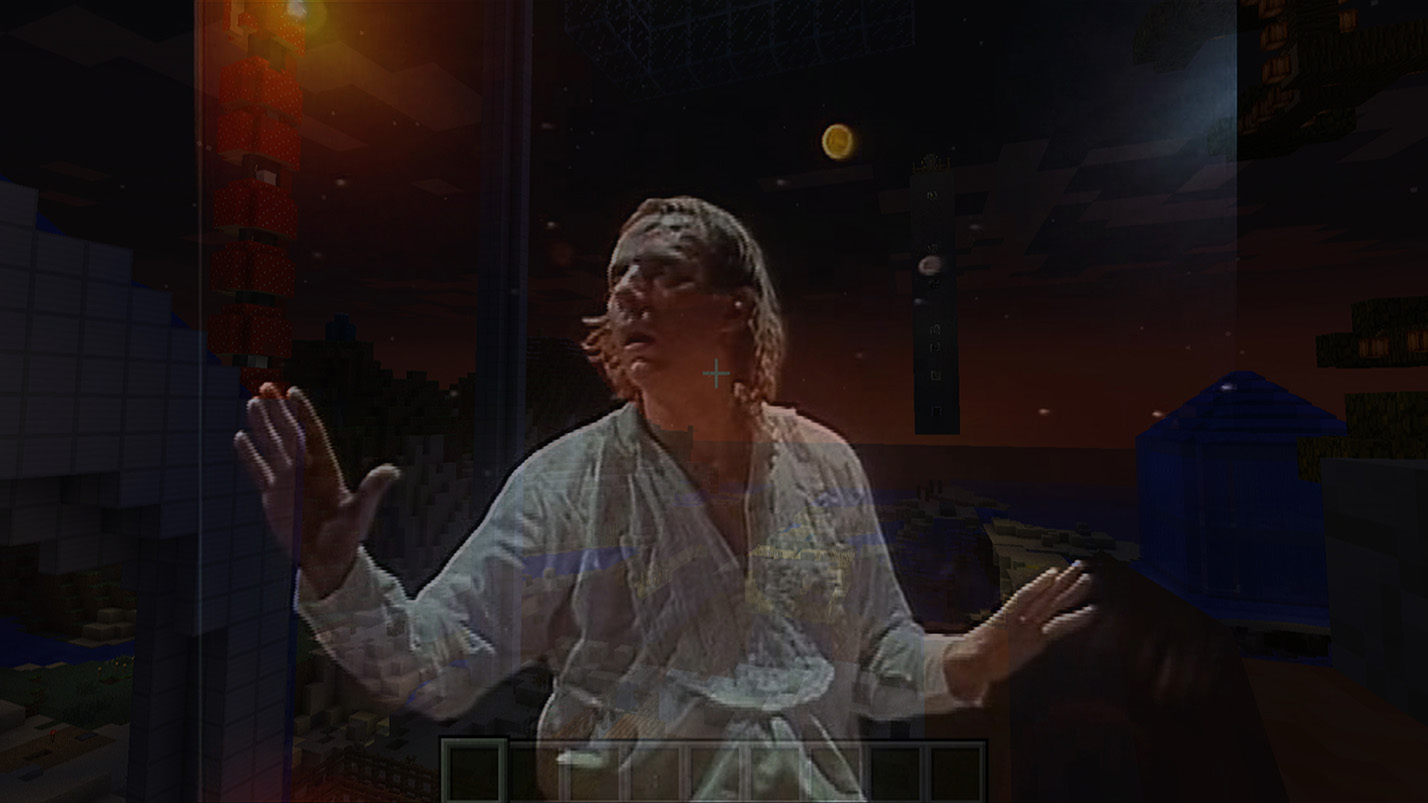
Just started at the Collective Gallery on Calton Hill is Beatrice Gibson’s oddly compelling Crippled Symmetries.
The exhibition comprises two short films, both of about 15 minutes’ duration, and both inspired by JR, the 1975 modernist novel by US writer William Gaddis.
‘Solo for Rich Man’ begins with an 11-year-old boy being invited by a middle-aged man (the ‘Composer’) to count money. To the rustle of notes and the jangle of tumbling change, the scene becomes more and more frenetic.
Intercut are other scenes set outside in an east London adventure playground. Children sing tunelessly as they deflate balloons. Young people spin on ropes. The boy appears briefly in a wheelchair, even though he doesn’t need one.
We return to the money, and find that the boy has been stealing cash. He is, a caption informs us, ‘a sincere hypocrite with a propensity for manipulation’. He leaves an unwelcome souvenir on the composer's piano and departs.
The composer plays cello music to kids in the playground. The composer reads from an alphabetical list of financial terms. The boy repeats them.
The camera slowly zooms in on the boy’s awkward smile, which fades like innocence amid awkward twitches and restless eyes.
The film ends in cacophonous percussion.
It all sounds rather absurd when coldly recounted. But somehow this is not the effect when you sit and watch it. Almost literally in the face of its main character, trapped by the handheld camera angles, unable to evade the images and not altogether soothing music – this is a discomfiting but not preachy study of power relations, greed and the implicit logic of unregulated markets.

In the same space, ‘F for Fibonacci’ plays simultaneously. You listen to this film through headphones, but the sound of the other work overlays it and intrudes, occasionally adding odd layers of new context.
It begins with the discordant, unmelodious creation of new music by a creative conductor and creative orchestra, building freely upon approximate cues by a composer. We move to a digital landscape, in which another boy is asked about the virtual world he has created using the Minecraft computer game. He ‘walks’ us through it, describing its imaginary owner: a superhero called Mr Money.
Mr Money has no superpowers, only an unfettered ability to buy whatever he wants or can imagine, using an inexhaustible financial supply.
It is a slightly appalling fantasy, particularly when one remembers that it is simply an undisguised version of the dreams shared by many adults. We tend to dress up such make-believes by imagining our own good taste if only we could afford it. But it all comes down to the accumulation of status and the exercise of power in the end.
Gibson’s interest here again is focused upon corrosive materialism. But she is also fascinated by the underlying orders of creativity – the Fibonacci sequence, for example, which determines the structure of artichokes, architecture and the ancestry of bees; or the numerical relationships within pleasing music; or the parallel rollercoasters of surrealism, Stockhausen and stock markets.
I found it fascinating.
A free four-page leaflet accompanies the exhibition and contains an essay about the exhibition – ‘Striking Coins’ – by Irene Revell. It's interesting, informative, and unencumbered by too much jargon.—AM
Beatrice Gibson’s Crippled Symmetries continues at the Collective until 4 October.

Image credits: Top – Beatrice Gibson, Solo for Rich Man, 2015,16 mm and DV transferred to HD, sound (surround). Duration 15:00 minutes. Courtesy of the artist and Laura Bartlett Gallery, London. Bottom – Beatrice Gibson, F for Fibonacci, 2014, 16 mm and 35 mm transferred to HD, sound (surround), Duration 16:20 minutes. Courtesy of the artist and Laura Bartlett Gallery, London.